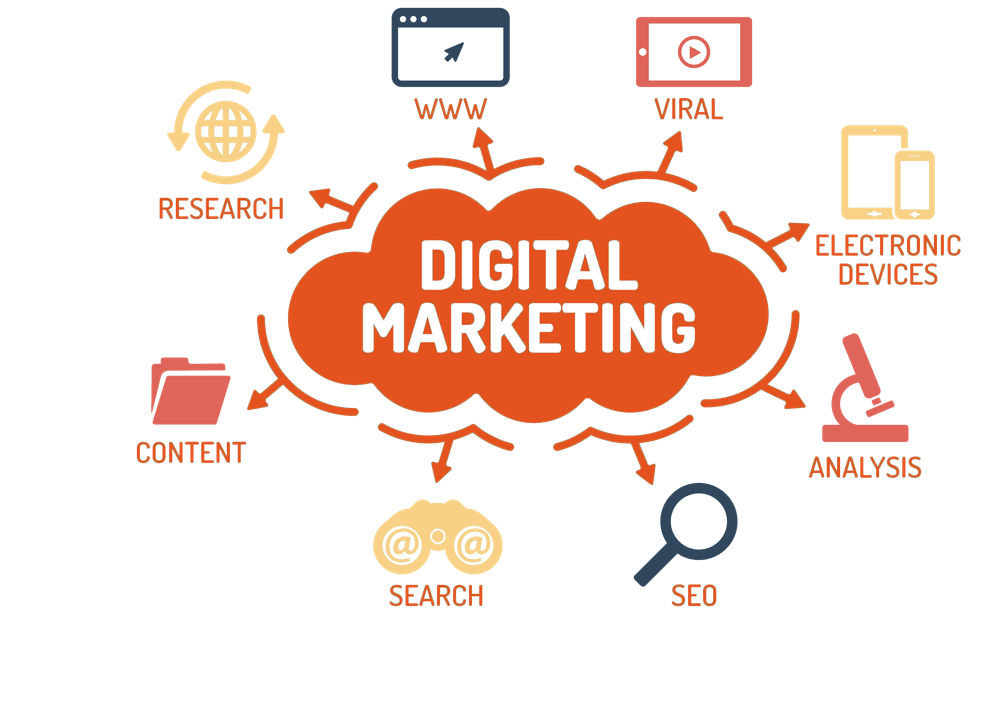
For the most part, digital marketing is straightforward. Anyone can now set up an ad campaign on Google or Facebook. And then begin driving traffic to their website or landing page. The level of competition appears to be high, and it appears that everyone wants a piece of the online action.
People’s attention spans are becoming increasingly stretched as a result of the proliferation of new-age technology and consumer startups. We have click-based advertisements, YouTube advertisements, banner advertisements, story advertisements, and so on. However, at the same time, digital marketing is becoming more difficult to implement.
While running ads is relatively simple, obtaining a return on investment (ROI) on the advertising dollars spent on these various channels is the most difficult challenge for most startups and digital marketers. Getting an ROI is difficult because funding the advertising spend is difficult. Unless the customer transacts with you and generates a profit for you.
Anyone can fund advertising with investor money in the early stages, but this is not a sustainable way to build the funnel for the long term. The most important question to ask in digital marketing is not how and where to run the ads, but how to ensure that the advertising dollars are being spent effectively and that the campaigns are sustained over time.
The Funnel Concept
There are several stages to the funnel, and the only way to ensure that an advertising campaign is successful is to ensure that all of the stages of the funnel are constructed in a sound manner. The majority of small businesses that are bootstrapped are unable to afford large-scale branding campaigns. Put your brand name on television and in banner ads will not automatically result in more customers for your company.
When you concentrate your digital marketing efforts on lead generation, you will see greater results. Obtaining potential customers’ names, emails, and phone numbers is the most effective method of bringing them into the funnel. And the most effective way to entice viewers to opt in is to provide them with a free resource in exchange. This is commonly referred to as a lead magnet due to the fact that it attracts leads. Consider it to be an ethical bribe that you offer to the visitor in exchange for their email address and permission to market to them again via email in the future.
What Next?
After this stage, the majority of brands (both B2B and B2C) tend to make a mess of things. The leads are cold, which means that they are not in a position to purchase your product or service. It is necessary to establish trust. Trust grows as a result of engagement, which is facilitated by high-quality content.
Because advertising campaigns are executed at a large scale, nurturing must also be executed at a large scale. And marketing automation is the only way to nurture thousands of leads at the same time. Deep marketing is a process that allows marketing automation to be personalized on a large scale.
When you engage in deep marketing, you create a marketing funnel in which each segment of your potential customers and leads receives customized content that is relevant to them. The greater the relevancy, the faster cold leads are converted to warm leads, and vice versa. Warming up cold leads takes time, and the most effective way to accomplish this is by sending a series of emails spaced out over a two- to three-day period.
The importance of warm leads
Trust must be established before any sales can be conducted with the leads. It is necessary to nurture leads over time in order to effectively convert cold leads into warm prospects. Warm leads, on the other hand, are not the solution. If you want to convert warm leads into paying customers, you must give them a little push. You need to gently encourage them to complete a transaction without coming across as sleazy or aggressive.
If the first stage is gaining attention and the second stage is establishing trust, the third and most important stage of the funnel is creating compelling copy and a compelling sales pitch.
Someone putting their trust in you is meaningless until and unless they are ready to use that trust to transact with you. You can convert warm leads into paying customers through the use of a variety of different sales techniques. Make use of sales pages, sales videos, sales meetings, group sales through webinars, and even offline meetings to increase your sales.
You cannot determine the effectiveness of an advertising campaign only by the ads themselves. It is also determine by the nurturing sequence and the sales efficiency. If the transaction is successful and results in a profit, you can take the profit from the transaction. And reinvest it back into advertising campaigns to help your business grow.
When you repeatedly carry out this process over a period of time, then there is establishment of a brand’s reputation. Furthermore, the brand’s reputation aids in the creation of advertisements and the improvement of response rate metrics such as the click-through ratio, the visitor-to-leads ratio, and the lead-to-customer ratio.